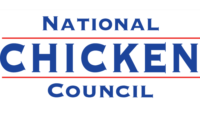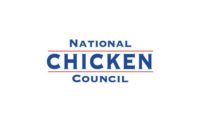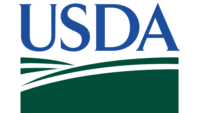The National Chicken Council is expressing deep concern about the U.S. Department of Agriculture’s Agriculture Marketing Service Rule, “Inclusive Competition and Market Integrity Under the Packers and Stockyards Act.”
NCC President Mike Brown released the following statement:
“The Biden administration and USDA are sprinting to complete their anti-business regulatory agenda ahead of Election Day, an agenda being driven by far-left activists, anecdotes from a handful of disgruntled growers, and trial attorneys who are seeking to shape the regulatory environment to line their own pockets.
“The public on Thursday night will hear charges of ‘shrinkflation’ and ‘deflation’ levied against American businesses, deflecting the blame to our country’s food producers as the reason for high grocery prices. Instead, this administration should be looking in the mirror at the root cause: ‘Bidenomics,’ their failed policies and unnecessary regulation after regulation.”
The rule is supposedly predicated on “industry concentration,” when in fact the chicken industry is not even considered highly concentrated by the government’s own standard, and concentration levels have been virtually the same for the past 20 years. Equally absurd is the assertion that chicken growers somehow aren’t afforded their First Amendment rights. Further, the Packers and Stockyards Act already prohibits anti-competitive practices in the livestock and poultry industries.
NCC in comments last year expressed deep concern that the then proposed rule would impose substantial costs, including costs to growers, expose live poultry dealers to significant legal and compliance risks and undermine the successful and mutually profitable poultry grower contracting system. Those comments can be found here.
AMS now predicts the rule would impose costs of only $569 per live poultry dealer in the first year, and costs of about half that amount in subsequent years. “This simply defies belief,” Brown said. “The cost of the filing cabinets needed to hold the voluminous records that will be required would exceed that much, not to mention the extensive recordkeeping programs, computer systems, labor costs, legal fees and litigation. In reality, the cost of compliance together with anticipated litigation will undoubtedly result in costs of over $100 million, orders of magnitude greater than AMS predicts.”
Similarly, AMS estimated it will take each company a total of one hour of attorney time and one hour of management time, total, for “learning, reviewing, and adjusting contracts…” for a 331-page rule.
Source: National Chicken Council




Report Abusive Comment